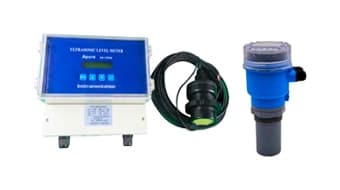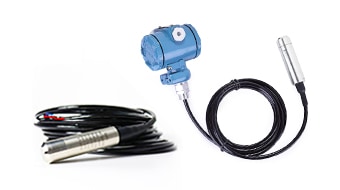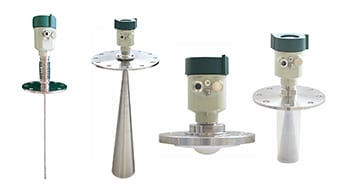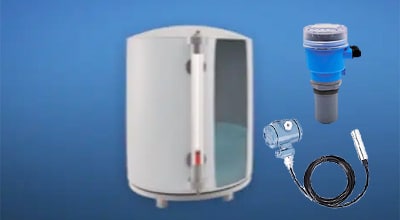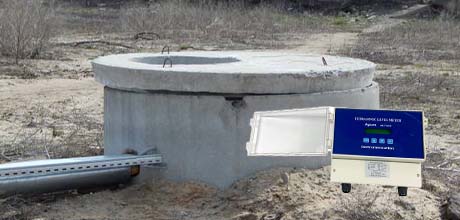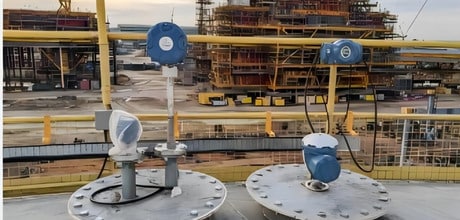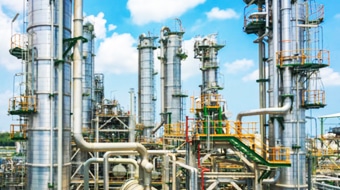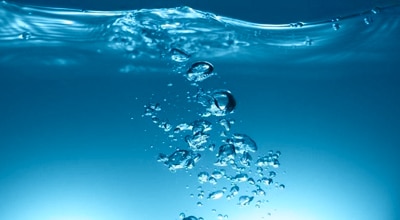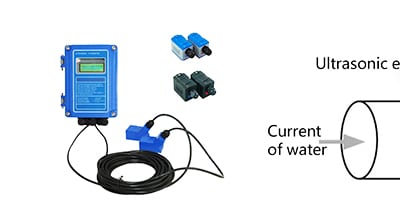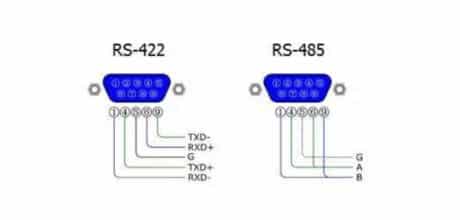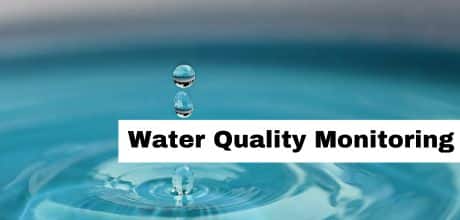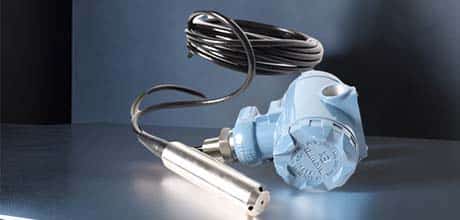Level Switch
Level switch, also known as water level switch, level sensor, as the name implies, is used to control the level of the switch. From the form is mainly divided into contact type and non-contact type. Capacitive level switches are commonly used in non-contact type, and the floating ball level switch is the most widely used. Electrode type liquid level switch, electronic liquid level switch, capacitive liquid level switch can also be implemented by contact method.
What are level switches?
Factories, plants, various facilities, rivers and utility tanks all need to monitor and control the level and remaining volume of liquid, powdered or granular materials. Level switches and level gauges detect and measure materials such as liquids, powders and granular materials in tanks, vessels and pipelines.
The switch captures the electrical difference between empty and full material to detect the liquid level. When the material is empty, the electrical state of the detection electrode and ground electrode is: resistance (Ro) is infinity and capacitance (Co) is the specific capacitance value, determined by the installation state.
What is a level meter?
Unlike level switches, level meters these devices continuously measure the volume of liquid, powder or granular materials. (This is also referred to as a continuous level meter, liquid level meter, or powder meter.) While a level switch can detect the presence of material at a point, a level meter outputs a reading of the total liquid volume in the tank, usually from 0 to 100%. Therefore, a level meter can monitor and control volume in greater detail than a level switch. Level meters typically output readings at small currents of 4 to 20mA. (4mA for 0%, 20mA for 100%, and 12mA for 50%.).
Types of Level Switches
- Mechanical level switches: such as float type, lever type, etc.
- Electronic level switches: such as capacitive, vibration, photoelectric, ultrasonic and so on.
Working Principle of Liquid Level Switches
- Float type: Utilizing the float to move up and down with the liquid level change, driving the switch contacts to open and close.
- Capacitance type: Using the liquid dielectric constant and the air is different, through the measurement of capacitance changes to determine the liquid level.
- Vibration: by measuring the change of vibration frequency to detect the liquid level.
- Photoelectric: Using the refraction or reflection of the light beam to detect the liquid level.
- Ultrasonic: Level is detected by measuring the propagation time of ultrasonic waves in the liquid.
Applications
- Tank level control: Control the water level of the tank to prevent overflow or water shortage.
- Boiler level control: Ensure the boiler water level is within the safe range.
- Tank level monitoring: Monitor the oil level in the tank.
- Sewage treatment: control the level of sewage tank.
- Food and beverage industry: control the liquid level in the production process.
Selection of level switches
- Characteristics of the liquid: conductivity, corrosivity, temperature, pressure, etc.
- Material and shape of the vessel: Metal, plastic, non-standard vessel, etc.
- Measuring range: The level range to be measured.
- Accuracy requirements: Requirements for measurement accuracy.
- Environmental conditions: Temperature, humidity, vibration, etc. of the working environment.
Advantages of liquid level switch
- Simple structure: easy to install and maintain.
- High reliability: stable operation and long service life.
- Lower cost: Lower cost compared with other measuring instruments.
Limitations of level switches
- Lower accuracy: Lower accuracy compared to some high-precision measuring instruments.
- Susceptible to interference: susceptible to interference from liquid medium, temperature, pressure and other factors.


